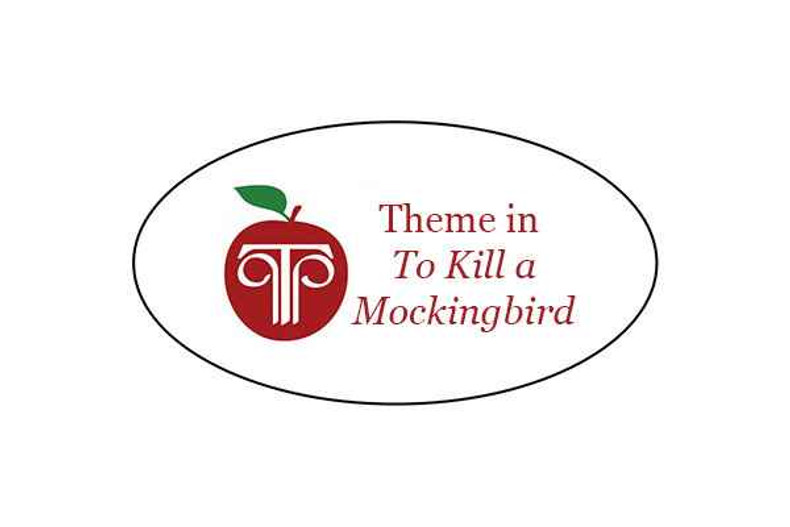What Should Your Students Get Out of Reading To Kill a Mockingbird?
More than anything else, your students should learn the importance of learning to walk in someone else's shoes.
Harper Lee's classic novel, set in Alabama in the 1930's, is the story of Jean Louise "Scout" Finch who, through her everyday experiences with the people of Maycomb, learns about prejudice, hypocrisy, justice, society, and personal character.
Every event in this beautifully crafted novel will show your students something about real life. Every character contributes to a masterful 3D painting of life in the South at a time when racial prejudice was at its height. Conflicts between black and white, right and wrong, justice and injustice, appearance and reality abound in every chapter.
Through it all, though, the rock-solid theme is, as Atticus Finch tells his daughter: you should walk in someone else's shoes to see life from that person's perspective before you judge that person's character. It is a simple idea shown again and again through each of the characters in the book. It is the theme that binds all of the action.
How To Approach Teaching Mockingbird
Start with a simple, fun example showing students how different people can perceive the same thing in many different ways. This addresses the fundamental principle of point of view. Our LitPlan Teacher Pack starts the first lesson by showing students a simple line drawing and having them each give answers about what that line drawing could be. This acts as a springboard for discussion about the main theme in To Kill a Mockingbird, noted above.
You can drive the discussion to ways we sometimes each see the same person in different ways. Consider a controversial public figure--someone people have differing opinions about. You can facilitate this discussion by asking leading or thought-provoking questions. Ultimately, the discussion needs to lead to an introduction to the theme of learning how to walk in someone else's shoes before passing judgement on a person--and a transition into reading the book.
Following the Theme in Mockingbird Through Characters
Graphic organizers are a great way to follow the theme through this novel. A simple one with a character's name in a center circle with spokes out to empty circles would work great. Each spoke circle will be a different character, and the circle should contain information about how that character views the character in the center. If you fill one of these out for many characters (Scout, Atticus, Boo Radley, Tom Robinson, Mrs. Dubose, etc.) and periodically add to the contents, as students read the book, they will begin to see how Harper Lee uses the characters to show how different people can view the same person in different ways.
Is Boo Radley a Monster?
When we figure out that Boo Radley gave Scout the blanket, it's an "Awwwww" moment. It touches our hearts. Through his tender act of love, this act of kindness, the character of Boo Radley is illuminated. Is he crazy? Is he a monster? Is he mentally slow, or is he frightening? He is shown in many different lights through many different characters.
This is a valuable opportunity to teach students about considering the sources of information that they receive. Do an exercise with your students where you examine each of the facets of Boo Radley's character as presented from various sources in the story. Which sources are the most reliable? It is through statements about Boo Radley as well as the actions of Boo Radley himself that we, by the end of the novel, come to realize who he really is as a person--as does Scout.
And Others
Boo isn't the only character for which this kind of examination is possible. You can do it with Tom Robinson, Mayella Ewell, Atticus, Mrs. Dubose, Aunt Alexandra ... almost any character in the book. That is one of the remarkable qualities of Harper Lee's writing in this story: almost every sentence is crafted towards revealing something about character--and through the characters, ultimately, the theme.




